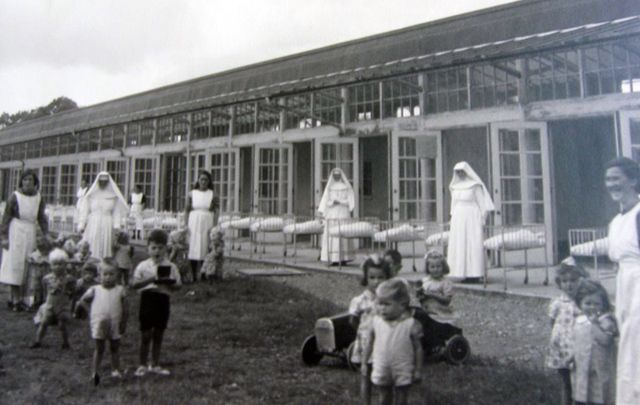The Adoption Machine
by Paul Jude Redmond – foreword by Clare Daly TD – (Merrion Press, €16.99).
Finola Kennedy
The sub-title of The Adoption Machine is ‘The Dark History of Ireland’s Mother and Baby Homes and the inside story of how Tuam 800 became a global scandal’. The book also contains the author’s personal history.
Paul Jude Redmond was born in the Mother and Baby Home in Castlepollard, Co Westmeath, in 1964. He was adopted shortly afterwards. As a teenager he started to search for his mother and continued to search for the next 33 years.
At last he achieved a single phone conversation with his mother Adeline. It was clear that she wanted no further contact. Redmond became reconciled with that reality and says that much yearning was dispelled with the birth of his two children – Molly and Gavin.
A problematic reality illustrated in the book is that while adoptees may be anxious to know their birth mothers, they, who for whatever reasons, gave up their children for adoption, are more reticent.
Some years ago the Supreme Court when asked to assess the balance of rights between the right to privacy of the mothers and the right to maternal knowledge of the children, judged in favour of the mothers who wished to guard their privacy.
The book outlines the historic background of the emergence of Mother and Baby Homes – both Protestant and Catholic.
From the 1920s to the 1970s in Ireland the State relied mainly on religious orders of nuns to run the Homes.
The book describes the harsh regimes endured by the mothers and documents the extraordinarily high rates of infant mortality. A class element operated whereby better-off mothers including Redmond’s mother were treated as ‘private patients’ in Castlepollard. Redmond’s grandfather who had a legal office in Dublin paid a fee of £100 (over €2,000 today).
Redmond has become a campaigner and is chairperson of the survivor umbrella group – the Coalition of Mother and Baby Homes Survivors. The Group has received a fair degree of support from politicians.
In 2014 the Government led by then Taoiseach Enda Kenny and Health Minister James Reilly, announced the establishment of a Commission of Inquiry into the Homes. The Commission chaired by Judge Yvonne Murphy commenced work in 2015.
In her foreword to The Adoption Machine, Clare Daly TD describes the Mother and Baby Homes as ‘the biggest scandal of independent Ireland’.
It is striking the number of politicians who have been adopted, including former Labour party Leader Joan Burton. Some are mentioned in the book, including Averil Power, Anne Ferris and Richard Boyd-Barrett.
The book has its heroes as well as its villains. The villains with a few exceptions are ‘the nuns’ and Archbishop John Charles McQuaid. The heroes include Dr James Deeny, the man who not only resolved the social issue of TB, but did much to tackle infant mortality, Judge Eileen Kennedy who exposed the problems in Industrial Schools, and Maura O’Dea, a founder of Cherish.
Redmond has carried out extensive research and written a very readable book. Yet sometimes his language is out of control.
For example, in describing a meeting with Archbishop Diarmuid Martin in the Parochial House adjacent to the Pro-Cathedral in 2012, he writes: “Sitting in the shadow of McQuaid’s portrait, I pointed out to the Archbishop that it was like asking a delegation of Jews to sit in a room with a portrait of Hitler staring down at them.”
Did Redmond make this statement knowing that McQuaid himself was a teenager before a priest explained to him that the woman he assumed to be his mother was not his mother? His natural mother had died shortly after his birth and his father had remarried.
One way or another, author and archbishop shared the searing experience of not knowing his natural mother.



